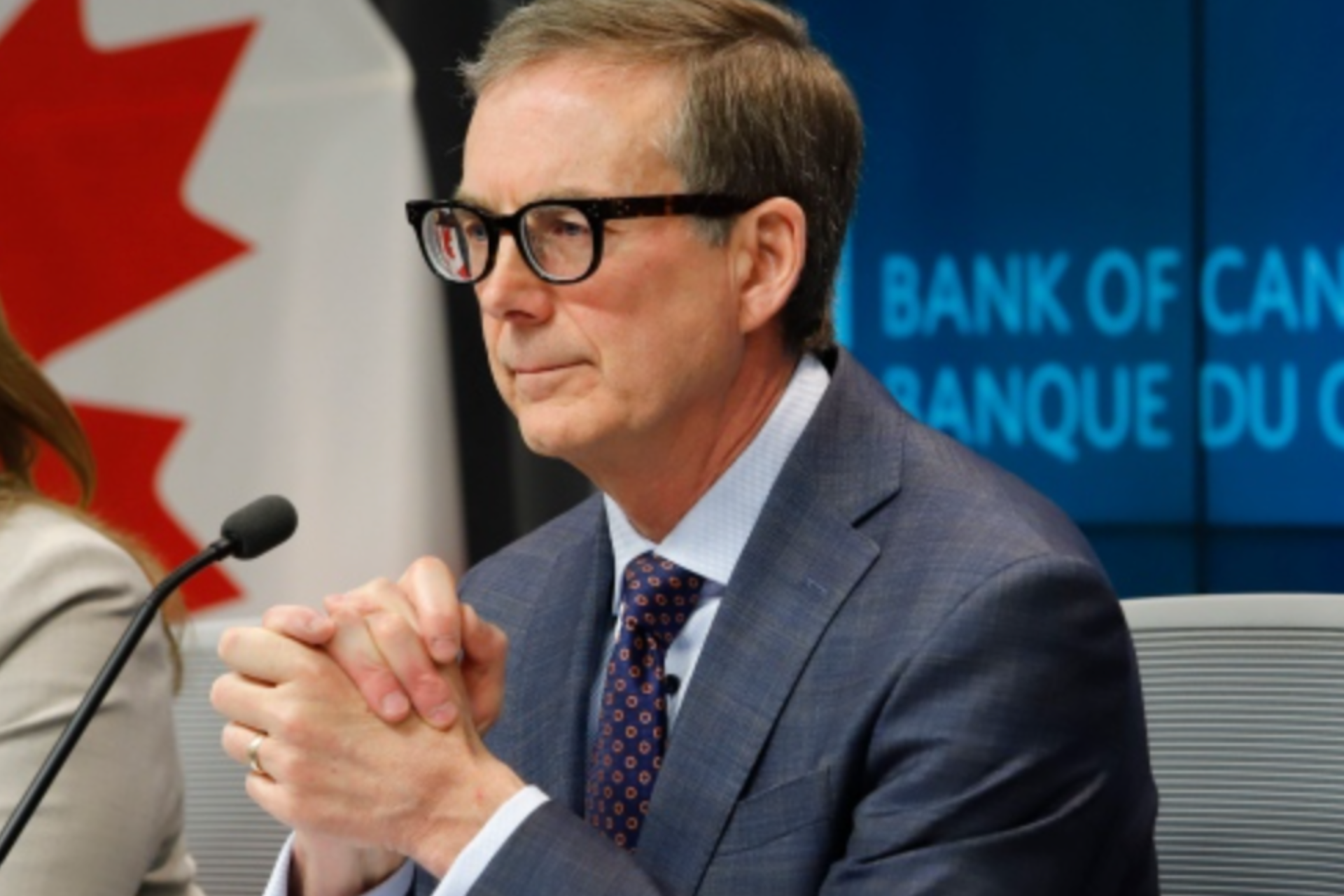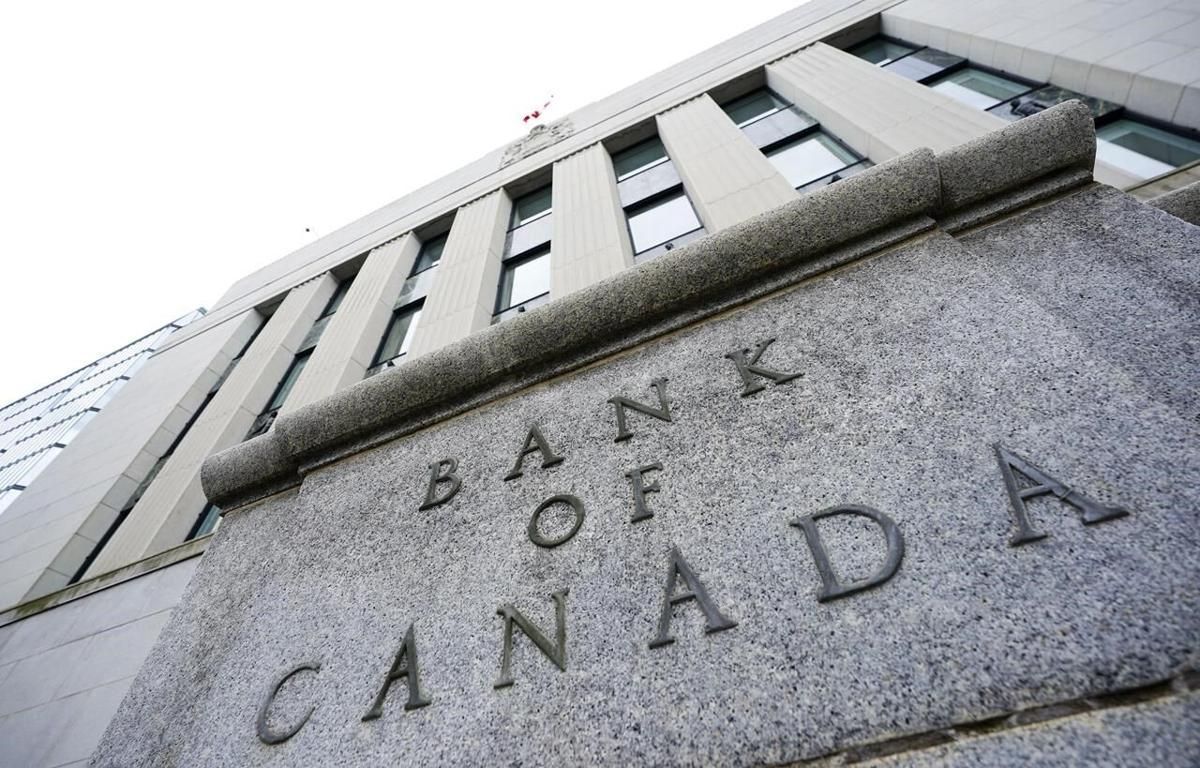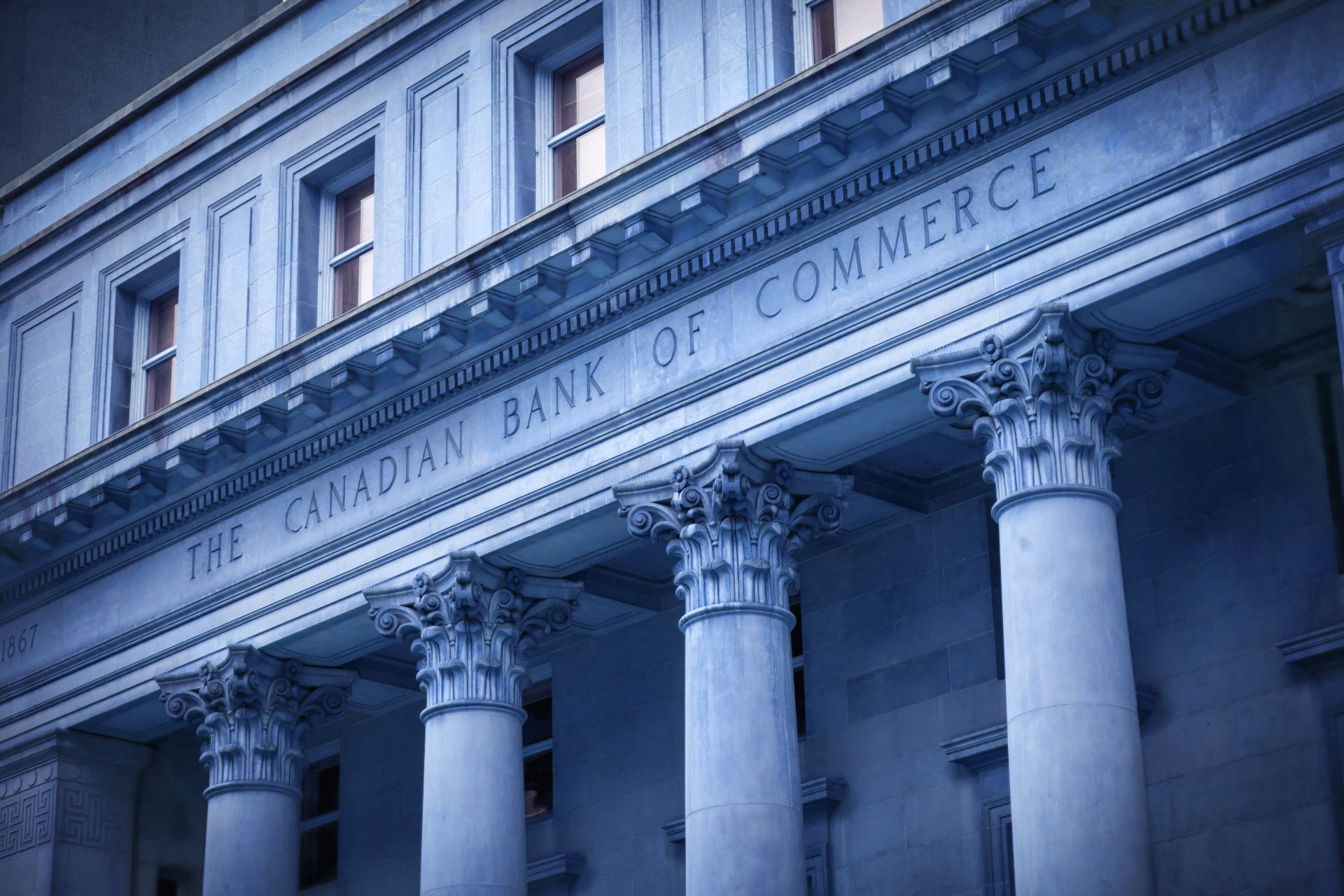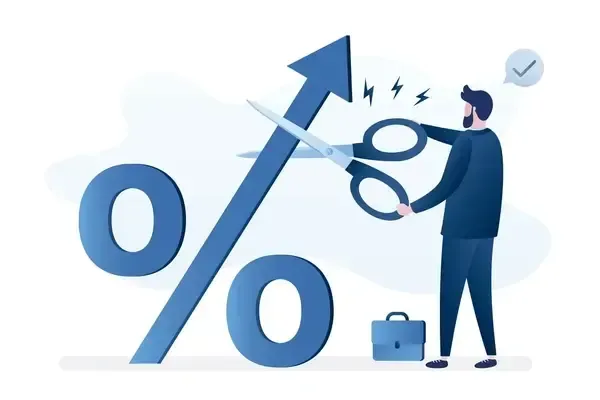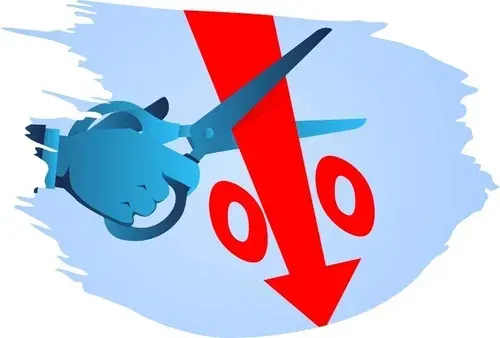Bank of Canada Summary July 2023
The Bank of Canada (BoC) raised its overnight rate for the 10th time since March of last year, resulting in Prime rate to increase to 7.20%.
Recent hikes are becoming increasingly challenging for Canadian borrowers as financial stress persists. Both inflation data and labor markets indicate signs of weakening, with higher borrowing costs being the main contributor to the Consumer Price Index (CPI).
Although inflation has dropped from 8.1% to 3.4% over the past year, the BoC suggests “underlying price pressures appear to be more persistent than anticipated,” pointing to the three-month average of core inflation running between 3.5% and 4%.
[BoC takeaway] “If new information suggests we need to do more, we are prepared to increase our policy rate further, but we don’t want to do more than we have to.”
Nest Summary & Recommendation
In terms of interest rates, the Bank of Canada considers a neutral policy rate to be between 2% and 3%. Currently, the policy rate stands at 5%, twice the midpoint of the neutral range. This places us in a restrictive territory, and the full impact of previous rate increases is yet to be felt. Consequently, an economic slowdown is expected, and the likelihood of a recession is high.
These observations are not meant to be pessimistic but rather to highlight that a recession would lead to a reduction in the overnight rate, potentially returning it to a neutral or even stimulative level. While a significant drop below the lower end of neutral is not expected, it is reasonable to anticipate a decrease of approximately 2% in the Overnight Rate and Prime lending rates in the coming months and years. The timing and pace of these changes, however, remains uncertain.
The most frequently asked question is: What should existing borrowers do with their variable rate mortgages?
5-year (high-ratio) fixed 5.09 - 5.19%*
5-year (conventional) fixed 5.79 - 5.89%*
*rates subject to change.
While switching to a fixed rate will provide interest rate relief today and guard from future rate hikes, it will not offer savings opportunities from future rate reductions.
*It is worth noting that post the BoC announcement of a rate increase, bond yields (which predict fixed mortgage rates) actually dropped, indicating a possible turning point and the peak of higher interest rates.
While it is difficult to imagine further rate increases, it remains a possibility. Nevertheless, the market is undecided on pricing in additional rate hikes.
For potential homebuyers, the decision between shorter-term fixed rates and discounted variable rates is being weighed. While some trust issues and concerns about variable rates persist, objectively speaking, they are becoming viable options in certain situations. It may be prudent to wait and gather more data to gain a clearer understanding of the direction interest rates are heading. Consequently, longer-term fixed rates (4 and 5 years) are being ruled out in favour of shorter-term (1 to 3 years) or variable rates.
Please note that every borrower’s risk tolerance and financial situation is unique. We encourage you to reach out to a Nest Mortgage Specialist to discuss a tailored mortgage strategy specific to your needs!

